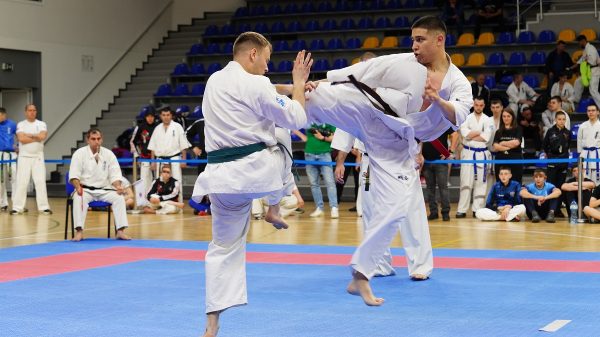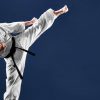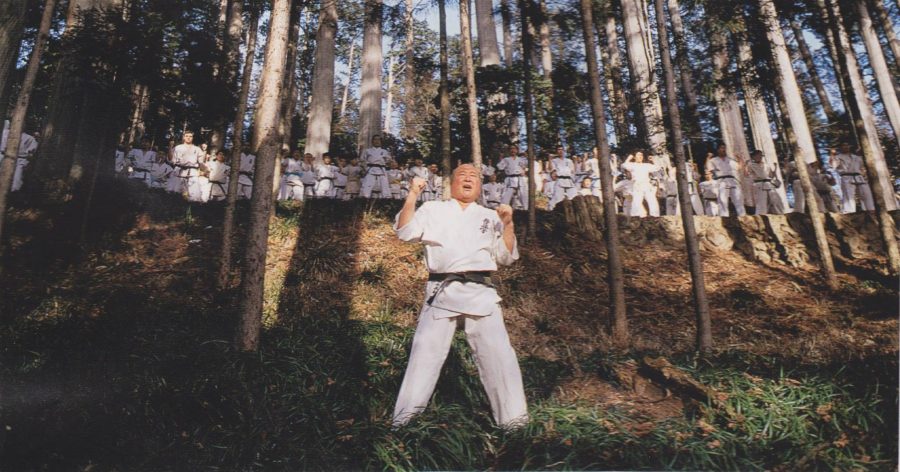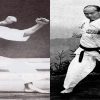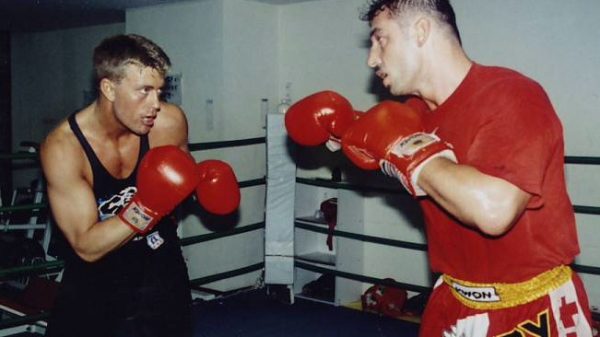The best way to rise to the challenge of mastering your martial art is to learn from the mistakes of others. Here are some of the most common ones.
Martial arts training is a learning experience, to say the least. Each day you spend in the dojo, you are bombarded with new movements, new techniques, and new strategies.
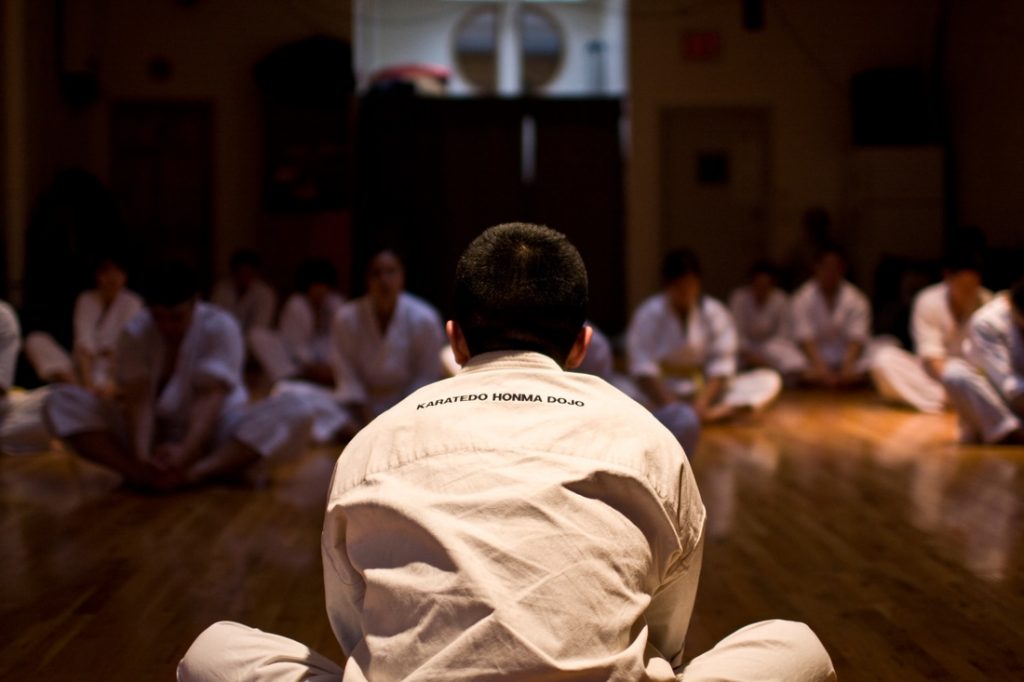
The best way to rise to the challenge of mastering all that material is to learn from the mistakes of those who came before you. In other words, if you can avoid the pitfalls that have trapped other martial artists, you will be that much further ahead for your next promotion test or sparring match.
The mistakes outlined in this post were gleaned from my 20 years as a martial artist and 10-plus years as a chiropractor who treats martial arts injuries.
10 Training one side of your body more than the other
Students do that because they always face their opponent with the same foot forward, and they think they will be able to make the same choice on the street. They do not know that always fighting from the same stance will make them predictable in the dojo, and it can ruin their ability to respond to unorthodox attacks on the street.
Solution: Train your weaker side first. In sparring, try to launch an attack using the arm or leg you normally don’t use. Merely switching your stance frequently in a match can help keep your focus and techniques sharp.
9 Using excessive force
Many beginners try to punch or kick so hard that they lose control of their bodies and set themselves up for injury.
Solution: When you learn a new technique, try to focus on proper body placement from the beginning to the end of the movement. When you have mastered that, you can add power.
8 Moving too quickly
Lower-ranked students sometimes observe the speed with which higher belts perform and try to duplicate it before they are ready. That can lead to improper technique and increase the risk of injury.
Solution: Ask advanced students to show you a new move slowly, then try to duplicate their movement in slow motion. As the technique becomes second nature, your speed will improve.
7 Stretching too far too fast
This is a big problem, especially for older students just getting into martial arts. When their motion exceeds what their body can handle, it can result in pulled muscles or torn tendons and ligaments.
Solution: Stretch at home or in the office before you go to class. That will give you an edge because your body will be partially warmed up before you begin stretching in class.
6 Holding your breath or exaggerating your breathing patterns
Many beginners do this so frequently that they become lightheaded or dizzy. They also subconsciously reduce their energy levels and disrupt their concentration.
Solution: Relax. Breathe while you move and exhale at the climax of your punch, kick or block. Try to breathe from your stomach, not from your chest.
5 Practicing advanced techniques before mastering the basics
Many martial artists are guilty of making this mistake. The result is poor execution of blocks, punches and kicks.
Solution: Remember that fundamental techniques are the building blocks of advanced techniques. Spend more time practicing the basics.
4 Drinking too little before, during, and after a workout
The martial arts are one of the most strenuous aerobic and anaerobic workouts on earth, yet many students don’t drink any fluids because they think sweating is good, and replacing lost water is unnecessary.
Solution: Drink water before class, during, and after class. It will keep your muscles — which are 70-percent water — functioning at maximum capacity and shorten your recovery time.
3 Overdoing it too soon
Most martial artists fall prey to this. They throw one too many punches into the focus pad, blast one too many kicks into the heavy bag or execute one too many breakfalls on the mat — and find themselves sidelined with an injury.
Solution: Make your workouts 90-percent physical and 100-percent mental, saving some energy for your next training session. Focus on control and precision.
2 Practicing only your favorite moves
All martial artists tend to practice the techniques they are good at more than the techniques they need to improve.
Solution: Perform all your techniques using both sides of your body. In friendly sparring matches, surprise yourself and your opponent by executing a difficult move you have never used before.
1 Training only once a week
Some martial artists are so busy they can’t find time to work out more than once a week. They train one day, and over the next six days their memories fade and their technique falls apart.
Solution: Try to get to the dojo at least four times a week. On your days off, do your martial arts homework. If you think of your training like attending high school, you will improve more quickly.
Story by Adam R. Weiss, a martial artist, and chiropractor based in Arlington Heights, Illinois






